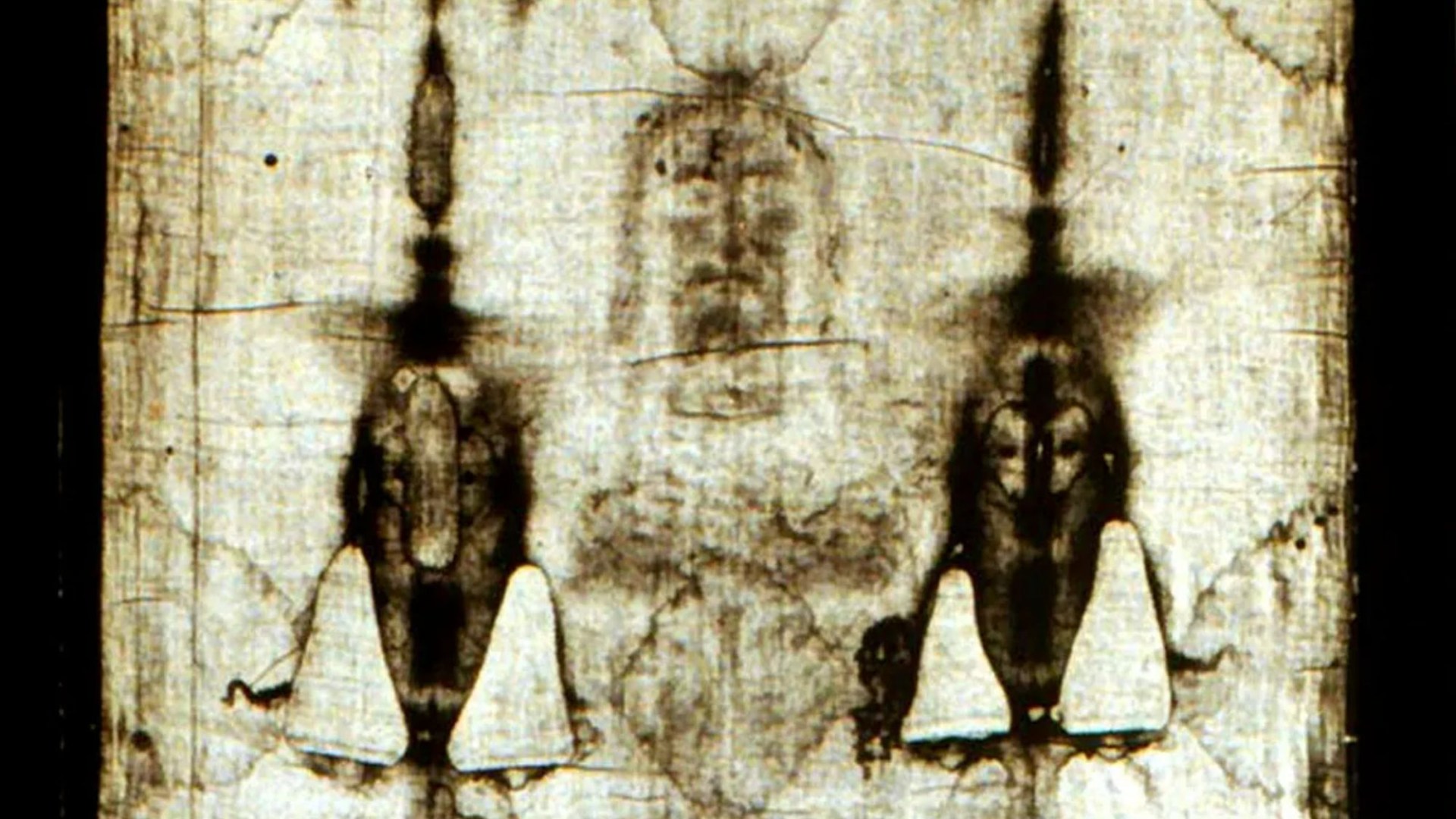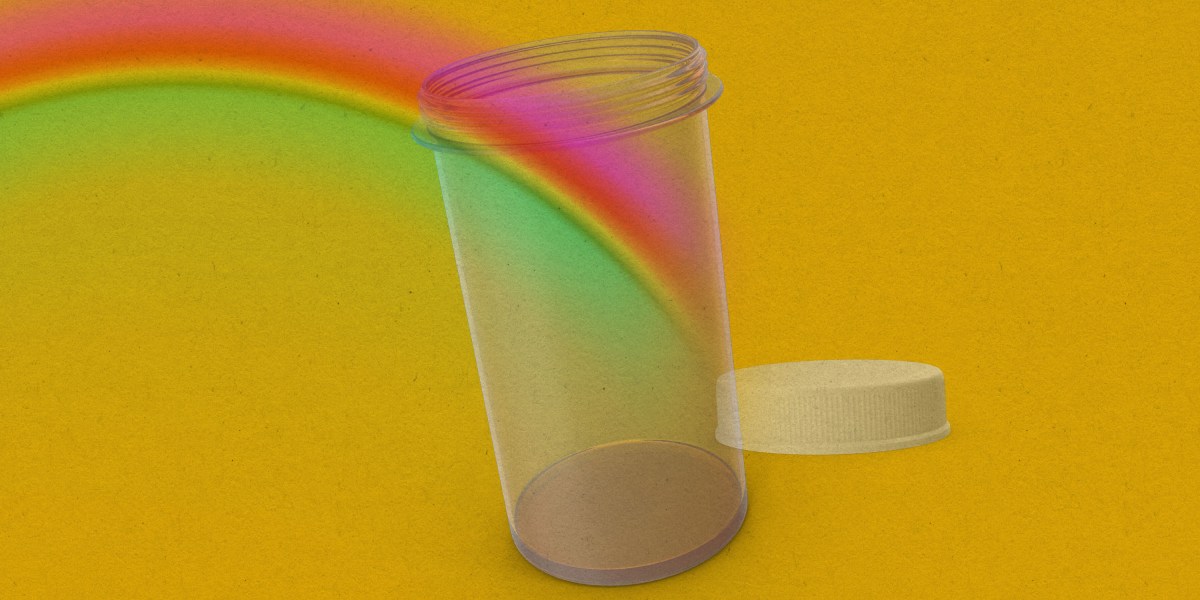SCIENTISTS have made a shocking new discovery which may reveal how Jesus was buried after he was crucified.
The famed Shroud of Turin – a piece of linen cloth – has been a mystery to researchers for centuries with many claiming Jesus was wrapped up in it before he was buried.

6

6

6

Incredible evidence has only strengthened this theory after a faint imprint of a bearded man’s face was discovered by scientists in the 1980s.
Some say the face looks just like the son of God while others strongly disagree.
But the latest scientific revelation has revealed the cloth was first made around 2,000 years ago.
The same time as when Jesus was said to be alive and ultimately crucified.
Italian researchers used specialist x-ray technology to examine the linen sheet so they could place a date on when it was first manufactured.
The Institute of Crystallography of the National Research Council studied eight small samples of fabric to uncover tiny details of the linen’s structure and cellulose patterns.
They used specific ageing metrics such as temperature and humidity to conclude the results.
Most predictions say Jesus was crucified on Friday, April 3, AD 33 based on the Julian calendar, Bible passages and gospels from the time.
Meaning if the cloth was used for Jesus it would have been needed around 1,991 years ago.
Leading people to believe the timelines may be accurate to determine the importance of the Shroud of Turin.
Original research dating back to 1988 claimed the cloth was from the Middle Ages – hundreds of years after Jesus.
International researchers analysed a small piece of cloth using carbon dating and with results suggesting it was manufactured between 1260 and 1390 AD.
The Italian team also looked at the 1980s findings and discovered none of their results were a match.
Lead author Dr Liberato De Caro said the 1988 test should be deemed as incorrect as “fabric samples are usually subject to all kinds of contamination, which cannot be completely removed from the dated specimen.”
The historic whereabouts of the cloth through time has been a huge point of contention since the Shroud of Turin was publicly shown in the 1350s for the first time.
It has been preserved since 1578 in the royal chapel of the cathedral of San Giovanni Battista in Turin, Italy – hence its name.
The Bible states Joseph of Arimathea was the man who wrapped up Jesus’ body in the linen shroud before placing it in the tomb.
A passage from Matthew 27:59-60 reads: “Joseph took the body and wrapped it in a new linen cloth.
“He put Jesus’ body in a new tomb that he had dug in a wall of rock.”
Those who have seen the cloth say it features a faint, brown image on the front and back of a manly figure.
The image appears to show a man with sunken eyes who is between 5ft 7in to 6ft tall.
Further evidence seems to show markings on the body which resemble horror crucifixion wounds.
Signs of a thorn crown, markings on the shoulders and arms and serious whipping lacerations on the back have all been reported by researchers.
The Bible says Jesus was whipped by the Romans, made to wear the agonising crown and forced to carry his cross before he was left to die.
What is the Shroud of Turin?
THE Shroud of Turin is a mysterious piece of linen cloth which has left researchers debating its origins for centuries.
Many have suggested the cloth was used to wrap around Jesus before his burial following the crucifixion.
Others have said it was produced far too late to be used by Jesus.
The burial cloth has captivated the minds of historians, church chiefs and religious sceptics since it was first shown publicly in the 1350s.
Esteemed French knight Geoffroi de Charny gave it to the dean of a church in Lirey, France.
It was later dubbed the Holy Shroud when the suggestions that it was used for Jesus came about.
Many of these theories relate to how it features brown marks across it resembling a person’s face and body.
Scientists have said the feint markings could possibly belong to the son of God.
It is 14ft 5in long and 3ft 7in in width and actually features some burn marks.
The shroud was damaged in a fire in 1532 in the chapel in Chambéry, France and was later repaired by nuns.
Scientists have long been studying the Shroud of Turin with hopes of solving the long-standing mystery.
More than 170 peer-reviewed academic papers have been published about the linen since the 1980s.
Despite a variation of findings many do believe it was used to bury Jesus.

6

6

6




